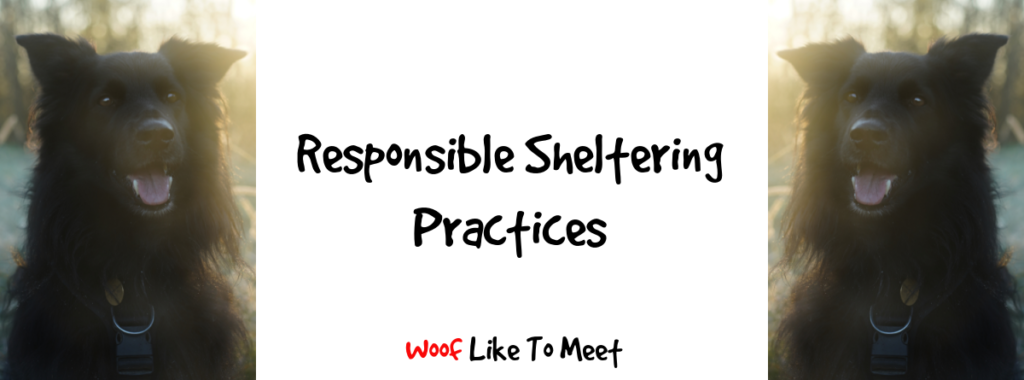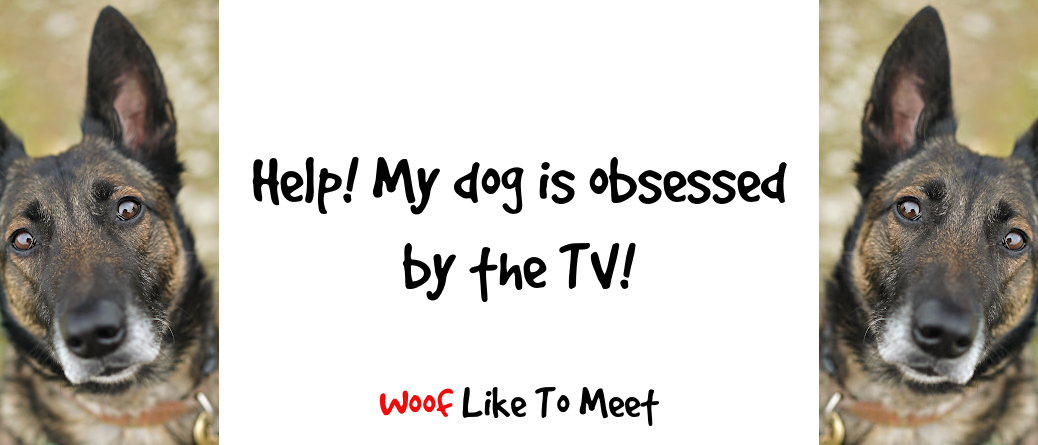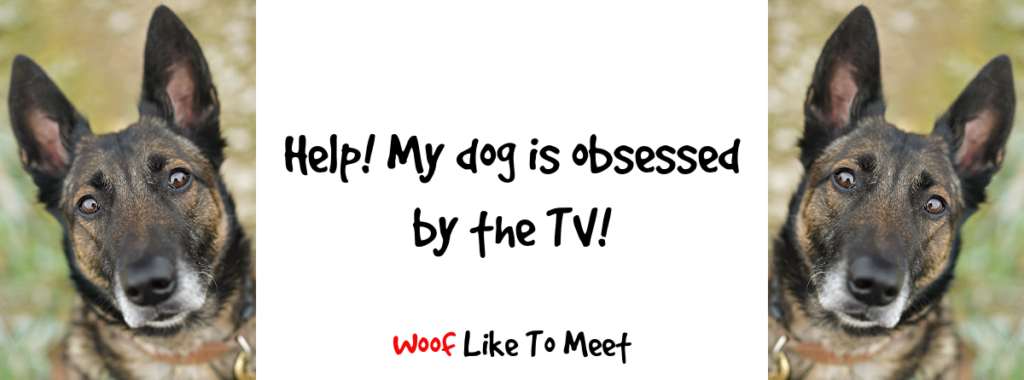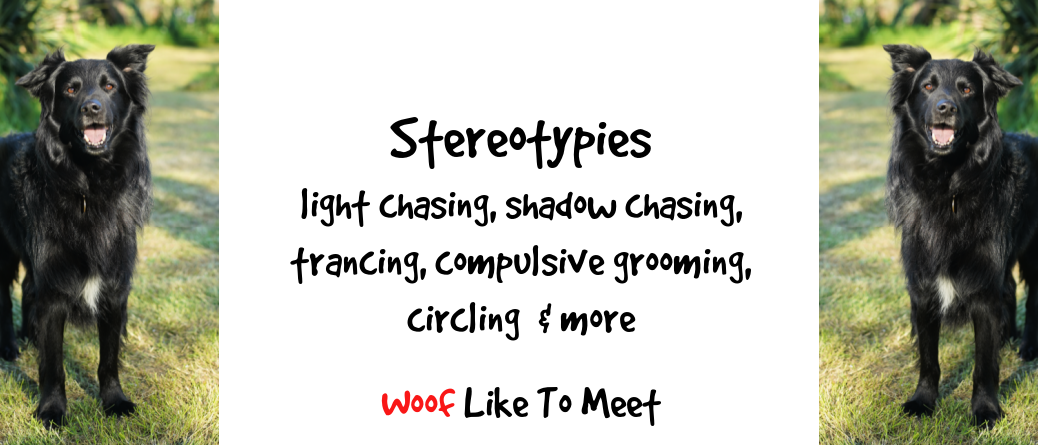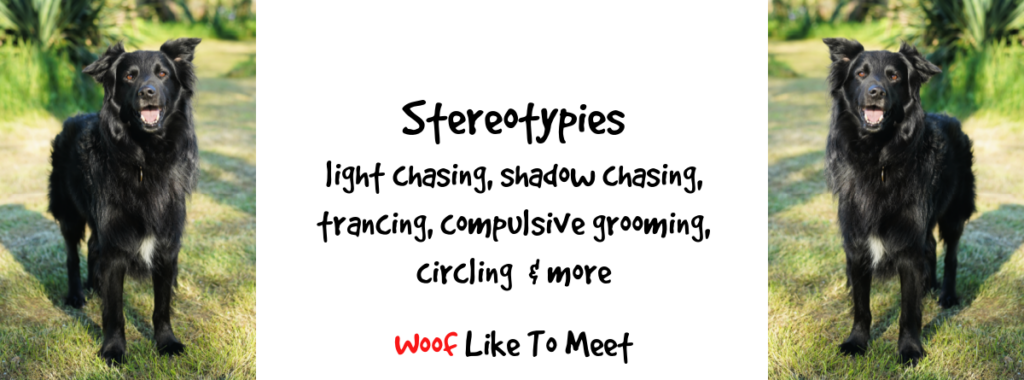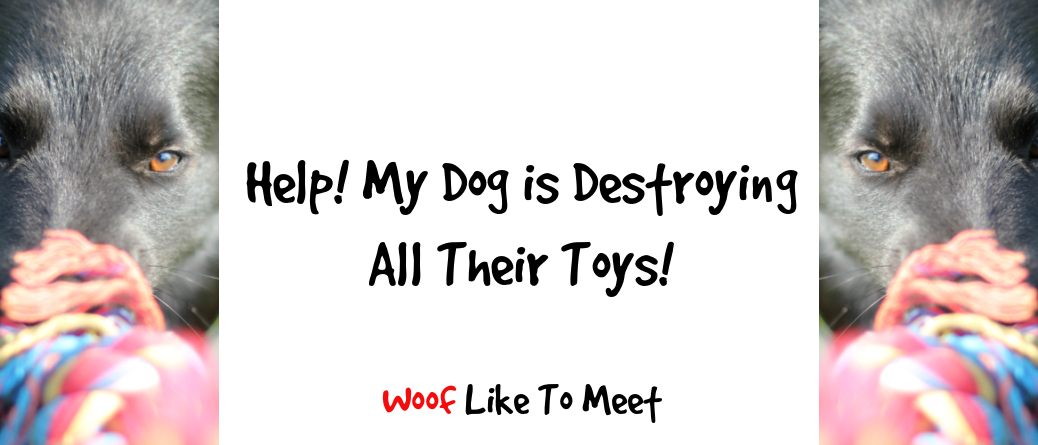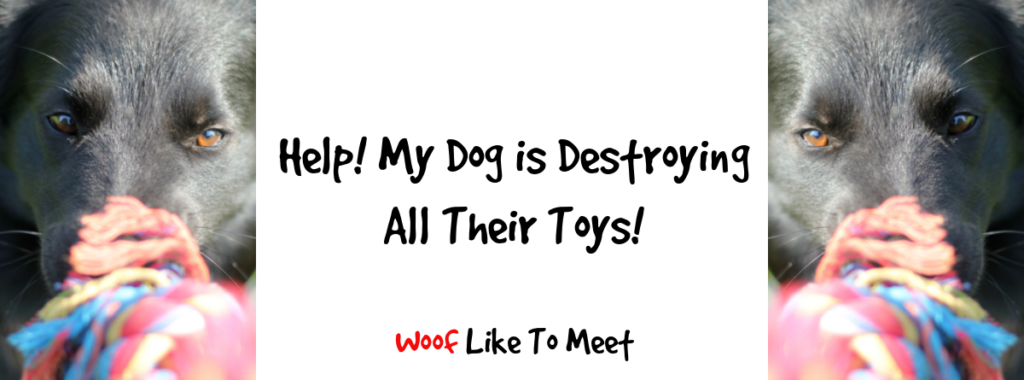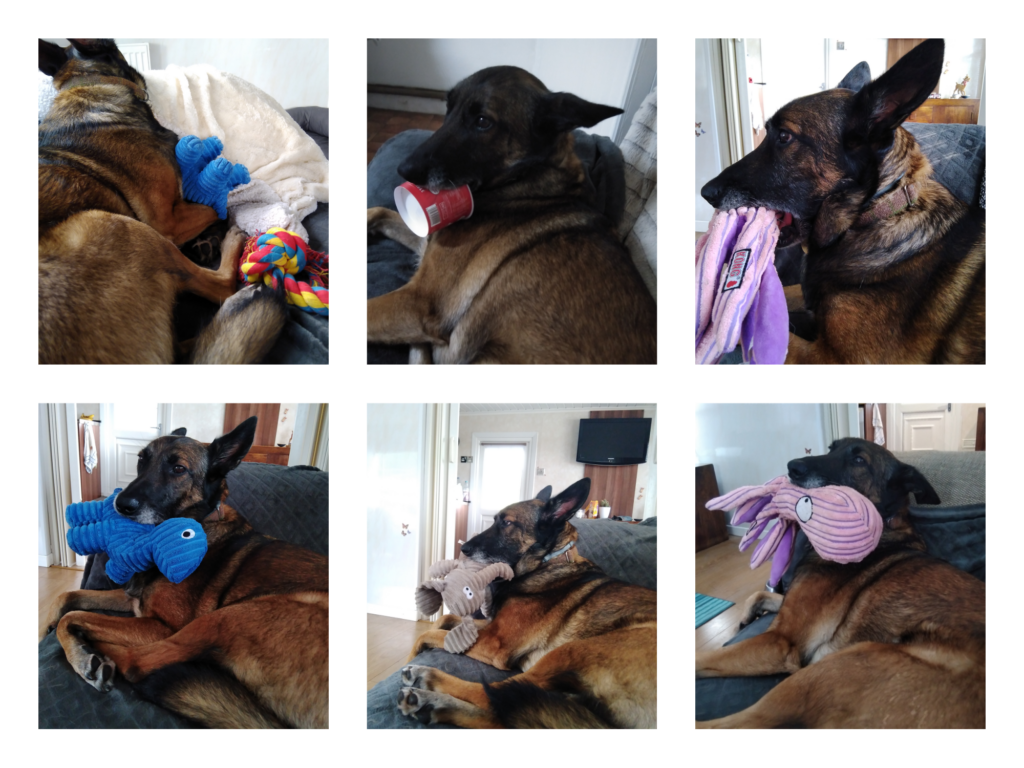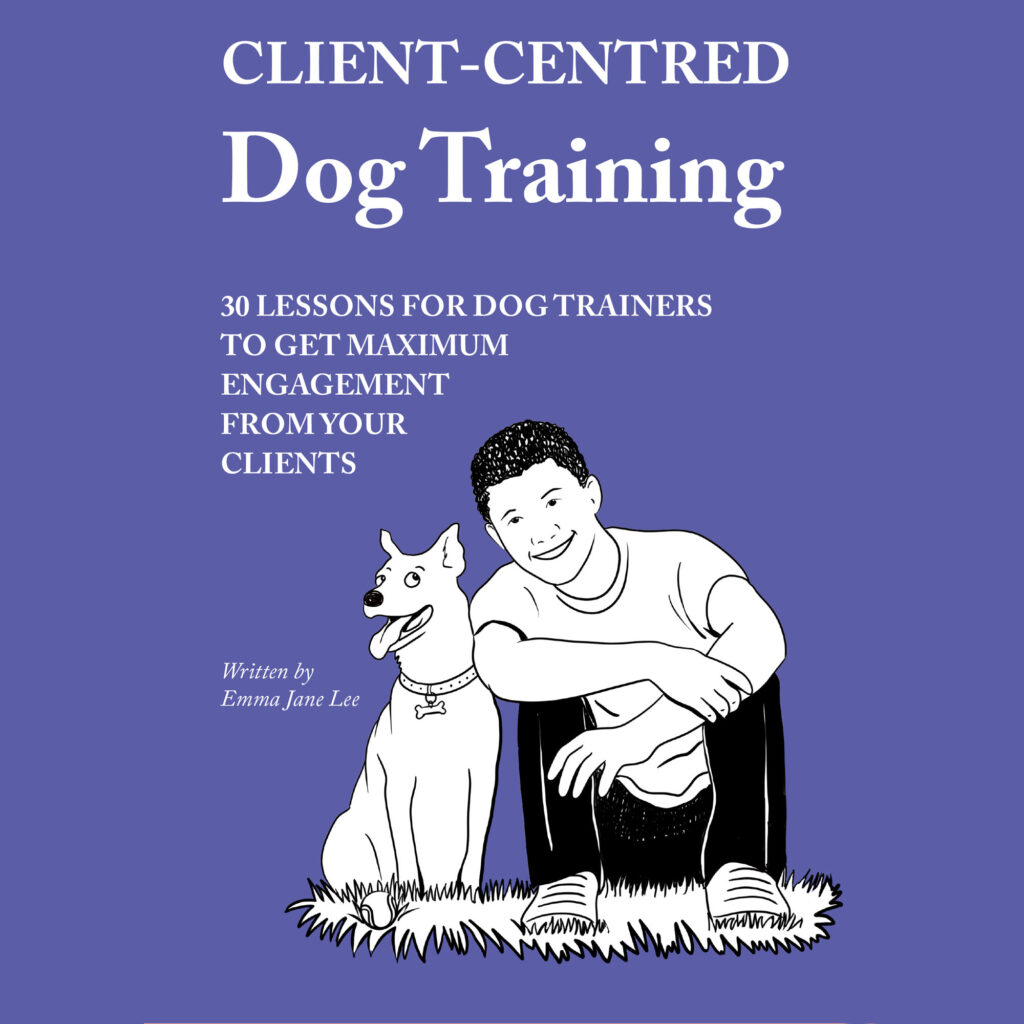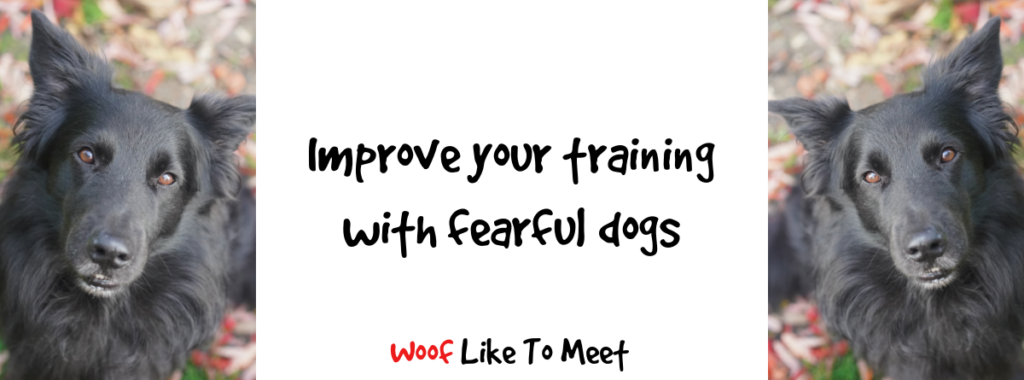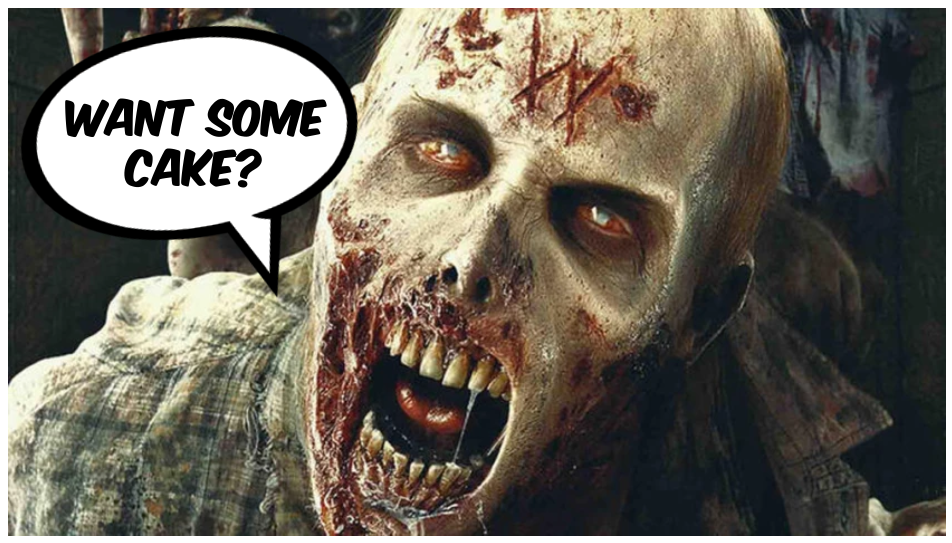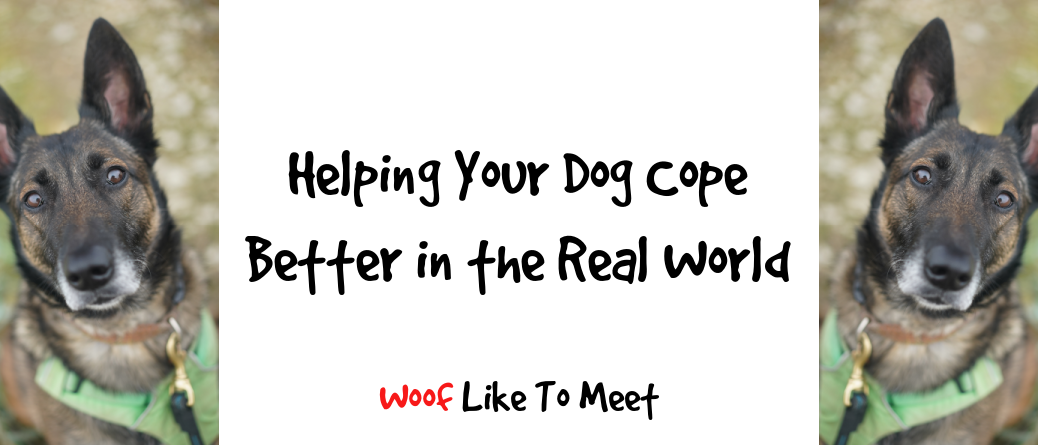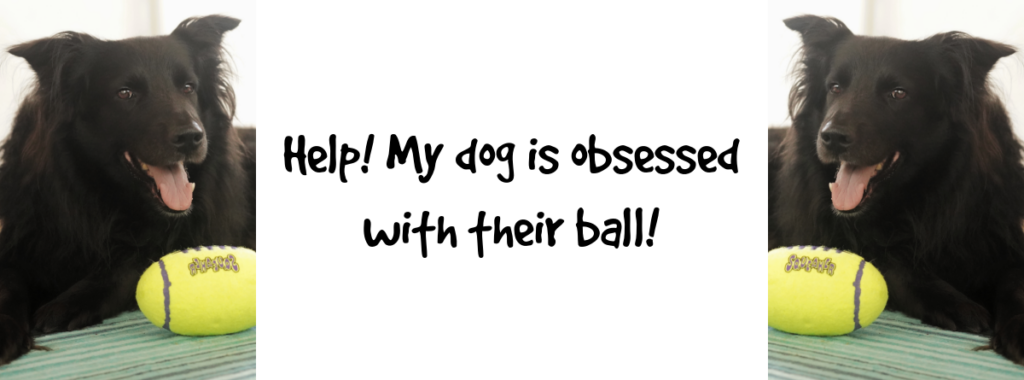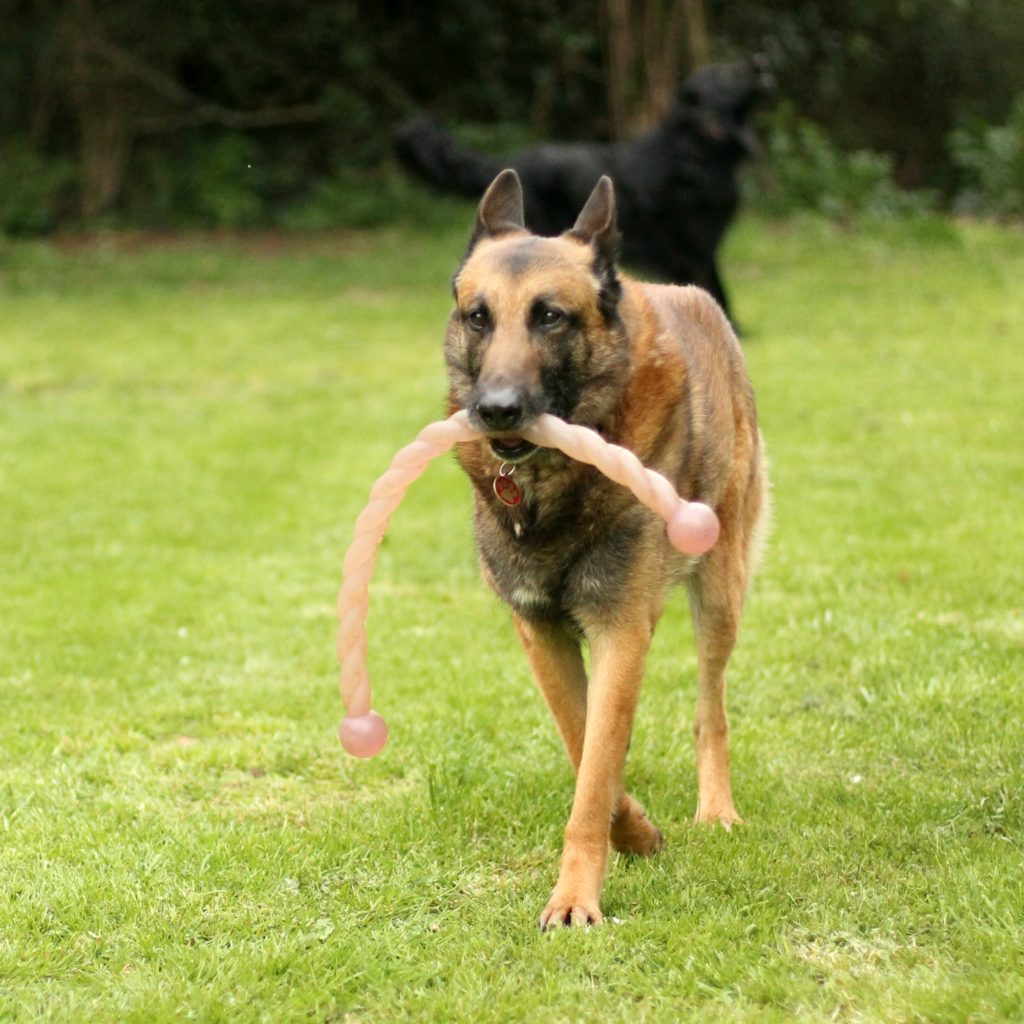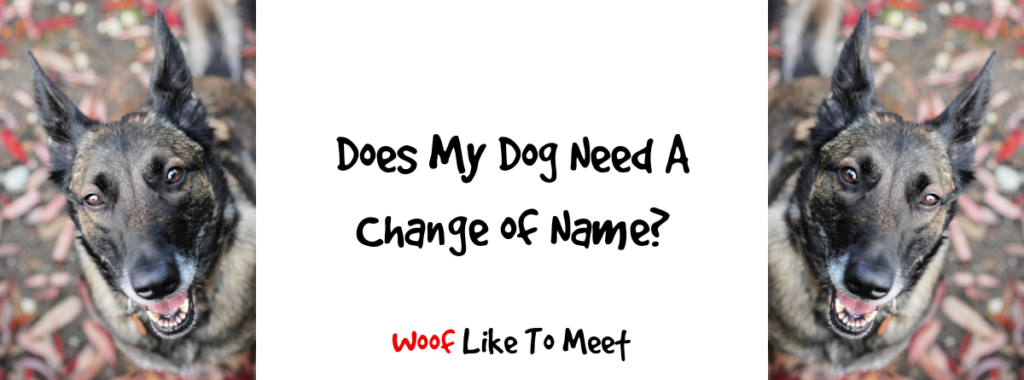Today, I write perhaps the first part of the most important posts I’m ever going to write. I write lots of posts that I hope are useful. Today’s is important. It might be useful as well, who knows? It’s going to be the first in a series about responsible shelter practices.
I will say that this risks being a long post, so grab a drink and a snack, or save for later.
Being a behaviour consultant in France and being English-speaking puts me in a very noisy world of US-based and UK-based colleagues with the occasional Australian, Irish, New Zealand or Canadian voice there too. There are very few Europeans in our professional groups, and if they are, they’re mainly from the northern countries, particularly Norway, Sweden, Holland and Belgium.
Having been part of shelter and association work in France for the last eight years, as a volunteer, as a trustee, as a driver, as a behaviour consultant and in doing outreach, I’ve not been touched much by a problem that my colleagues have faced, though it’s starting to affect me more and more too.
I’d like to start by pointing out a huge and very important fact: the dogs my colleagues see are problem dogs. That in itself is important. Our own clients are not a reflective group. I deal a lot with livestock-guardian breeds and protection breeds, or aggression cases, mostly because that’s what I like doing and I feel like I know my stuff. I get a lot of malinois and German shepherds. Mostly this is because they are very popular in France and because I’ve got a reputation for malinois and German shepherds. I can’t look at my own caseload and assume that ALL malinois and German shepherds are problems or that they’re more problematic than other dogs. Please remember as I write that the dogs behaviour consultants see are not representative of the whole. It’s important to start with that in your head.
The problem my colleagues have been reporting on frequently is the situation involving dogs adopted from other countries. Whether they’ve been street dogs or village dogs, in the meat trade or hanging around on a beach, I think it’s fair to say that some dogs adopted from foreign shores have problems adjusting to life in a different country.
I want to say another thing. As someone who knows shelter statistics intimately, it’s important you know something else too. Some of our dogs adopted on our own doorstep have problems adjusting to life in a different home. This is important to bear in mind too.
When I started this website back in 2015, I called it Woof Like To Meet because I realised how important the right match was. The more the people and the dog fitted together, with whichever poultry, livestock, domestic animals and wildlife already lived in the home, the easier that match was. The more we could replace like with like for those dogs, the easier it was.
Sometimes that poses ethical issues: Do we want to release our hounds to go and live in concrete kennels where their care is often neglected? Do we want to release our malinois or German shepherds to be the very sad guardian of some deserted pile of scrap metal?
You know our answer already.
Since hounds take very well to home life and since protection dogs just need people who understand them (and perhaps have fewer neighbours or visitors than the hoi polloi in a busy town…) then we don’t have much fallout from the fact we don’t want these dogs, on the whole, to go and do the kind of jobs they were doing before. Notice I said ‘on the whole’. That’s important too. Case by case, always.
This poses shelters in rural France several issues. Hounds, gundogs and herding dogs are seen as outdoor utility dogs. They aren’t particularly adoptable by people who live on our doorstep. This is despite the fact that these dogs are ALL the BEST dogs.
In urban France, there are other issues. The malinois and German shepherd are also used as security dogs in the industrial suburbs, not just left to guard car yards and deserted warehouses. The American staffordshire and their many lookalikes are popular dogs for many disenfranchised people living in urban areas.
These are France’s culturally disadvantaged dogs: hounds, working gundogs, protection dogs, security dogs, status dogs.
Each one comes with a label and a defined identity that marks their card when it comes to a speedy adoption.
Countries create cultural problems because dogs are a reflection of us, our values and the lives we lead.
Adopters also create cultural problems. In a recent webinar, I said we have three types of adopters. Though I’ve labelled them, there’s no intended judgement about them.
First, we have those adopters who are driven by economic factors. Virtually every single shelter study I’ve read out of Australia, the UK and the US focuses on these adopters. What’s true in the US is true in France: small, young females, preferably pedigree will leave our shelter in an afternoon. We could adopt out probably twenty small, young female dogs a week. Give us twenty small, young bichons and you won’t even notice them come and go. Middle-aged large mixed-breed males, on the other hand, well, you boys might as well prepare for the long ride.
Economic adopters sometimes want cheaper pedigree versions of dogs they like, such as Frenchies or Malinois. The shelter is cheaper than paying for a dog from a breeder in the UK and US (not in France…) and these adopters want a dog to rehome. Notice I said rehome. This is NOT rescue. The advantages of economic adopters for shelters is that they are plentiful and they conform to market forces, which is cool. That means a good marketer can do a lot with shelter statistics. The disadvantages of economic adopters is that they are budget-conscious and they don’t want dogs that won’t adapt quickly.
Plenty to be said for adopters like this. They are all good people, I know. But I know one thing: foist a ‘problem’ dog on these people and they’ll return the dog. Those ‘problems’ might not be problems for other people and might not be problems at all. You’ll also hate the reasons they give. It’s very rare that shelters or rescues look at their own behaviour and say, ‘We didn’t make it absolutely clear that this dog was not for them.’
This is tough for shelters and rescues. You too may end up on the front page of your local newspaper on Christmas Day, as we did, because we wouldn’t adopt a dog to a local lady who worked 14 hours a day and wanted a dog for the 2 hours she was home and awake. No dog walker, no doggie day care, no leaving the dog with a neighbour. Shelters have to say no, and people who are economic adopters do not like this. Imagine turning up to a car sales yard and the guys won’t sell you a car?
That’s one of the downsides of economic adopters: they can become indignant if you won’t sell them the dog they want. We shelters and rescues don’t like the word ‘sell’. It’s ugly. It has awful connotations. Yet if you speak to a tax accountant, your ‘adoption fees’ are sales, pure and simple. Just like shoes, economic adopters can fixate on a dog they like and then become outraged if you say the dog isn’t for them.
Speaking on behalf of shelters and rescues, saying no is tough. I maybe should just point out at this point that what pushed me to adopt Lidy was someone else making very serious overtures that I wasn’t going to be able to say no to… Three years in a shelter and we start to think seriously when people step up and say they want a guard dog for their French bulldog breeding business… Warehousing stressed dogs isn’t acceptable. Sometimes that forces shelters and rescues to lower their standards. Adopting dogs yourself because there are no other solutions and living as a guard dog isn’t the life you want for your dogs is also part of that fine dance about sheltering and rescue.
There are also now ethical adopters. Ethical adopters are looking for a companion dog that comes from a socially ethical source. Notice I said ‘dog’ there? Barely any of our cat adopters are economic adopters or ethical adopters. Literally nobody sticks up photos on Insta with a #RescueCat tag and are there even charities that are taking ‘street’ cats and ‘village’ cats and shipping them three thousand miles even though the fate of many cats is much, much worse than it is for many dogs? If you’re a deep thinker, you’ll have spent some time pondering this, I know.
Ethical adopters are often those plastering ‘adopt, don’t shop’ signs everywhere on social media often without realising that this is complicated. They maybe fancy certain breeds, but they want the knowledge that theirs was ethically sourced. The great thing is that ethical adopters are thinking about where dogs come from and don’t want to spend £4000 for a muttley pointer mix from some dodgy website and they don’t accidentally end up buying a working cocker who spends most of their days miserably chasing lights and shadows and being told off for not being a lap dog. Ethical adopters are wonderfully noisy advocates and carry your sales messages far and wide.
The tension of ethical adopters is that they see the shelter as a villain from which the dog must always be ‘rescued’. They’re also not averse to ‘rescuing’ an 8-week-old puppy from a puppy farm from time to time without realising they’re just ££££ to the person selling it who’ll put a new model on sale next week. Many times, they want the label of ‘rescue’ but they actually need a dog to rehome, not a dog who has huge problems. The problem with ‘saving’ dogs is that you need to post pictures of them on Insta and hashtag #Rescued #AdoptDontShop and you can’t do that if your dog is shitting themselves in the corner.
Being ethical is hard. If you want to know how hard, try being vegan in rural France. Thank God for good vegetables and lentils, that’s all I’ll say. Coming back to British shops is all vegan mayonnaise? You guys have vegan mayonnaise? Vegan cheese? VEGAN cheese? Vegan chocolate??! Also, why do all your crisps have milk in them? Being vegan is easy in the UK, that’s for sure. Still, loads of people are cut out from vegan choices because they’re expensive.
Taking the ethical high road isn’t easy. Nor is it black and white.
For instance, I have to live with the fact that my dogs aren’t vegan and I don’t plan on them being, so I have to live with the moral ambiguity of living with a predator as Hal Herzog would say. Also, someone then says that the almond milk you’re drinking uses more water than raising a cow, or that the air miles almonds are shipped is catastrophic, so then you’re on oat milk, but then you realise there are such things as Oat Milk Marketing Wars and you just want something to put on your bran flakes.
See? Ethical is tough. Don’t even get me started on whether or not it’s okay to eat a burger from one of my Auntie Clare’s cows because they’re all raised outside on grass and live lovely lives… and whether that’s better than a tomato shipped in from a ten-mile plastic polytunnel strip in Morocco that’s depriving locals of water. Minefields everywhere as soon as you start thinking about it.
So we do need to cut our ethical clients a break.
On the other hand, I also think we need to remember that in all honesty, a real rescue dog is not what they’re after. Sure, they might not conform to the young-small-female-bichon marketing trends, but they don’t always want a dog that’s going to take five months to come out from under a table.
Finally, you’ve got a tiny, wonderful niche of people who I think of as the real rescuers. I have many friends who fit this niche. They take on the troubled dogs, knowing full well all their troubles, and they never make a song and dance about it. One wet Wednesday in November, they turn up. Often a dog of theirs may have recently died and they ask you for the oldest dog, or the dog who’s been in the longest. They’re quiet people who just take the dog for exactly what they are and they adapt around the dog. If you’re a rescue or shelter and you have these, you probably won’t get photos from most of them. I have hundreds of our really troubled souls that I wish I knew where they were and how they were doing. Sometimes you wonder if they’ve died. When you see their guardians at some event or other, they say, ‘Oh, she’s just fine! Took her about five weeks to come out from under the table, bless her, but she’s a treasure!’
The drawback of these people is they rarely share enough of how hard it can be to take on dogs who need a lot from you at the beginning. They’re the kind of people you need to share stories that say ‘Oh, she came three inches out from under the table today!’ but they often never do.
Why am I telling you all of this?
Because shelters have to first know their cultural problems and then they have to know their adopters. If you don’t realise that you’ve got nine gazillion greyhounds because you’re one of EIGHT barstewarding countries on the entire face of this enormous massive globe of ours where betting on greyhound racing is legal, and you aren’t going some way to try and change the system a little, then no good moaning about how many predatory greyhounds you’ve got to work with or how there’s only broken teenage greyhounds to adopt. Remove the problem, remove the dogs being exploited and ending up in shelters…
Secondly, I am telling you about adopters because many people who arrive at shelters or make enquires of rescues are not actually looking for a real ‘rescue’ dog that needs weeks and weeks to integrate.
If you’ve got a lot of people looking to make an economic choice, that’s great. Know that if you listen to what they need and can provide a dog that fits their lifestyle, it’ll probably stick, but you may have to deal with economic choices about what the dog looks like and you might find that distasteful if they won’t take a perfectly good dog that fits their needs perfectly because it doesn’t look like the dog of their dreams.
If you’ve got a lot of ethical adopters, know that what they say and what they need might not be in line with one another. They want the lifestyle dog perhaps that they can put on social media, sometimes inventing stories for about the dog’s past trauma. I’ve had my eyes opened more than once to the stories that some people have made up about our dogs and their pasts and, you know, that’s fine. Is that dog sleeping well at night? That’s all I care about.
And if you’ve got those secret rescuers, do your best to help them share their stories. They don’t like to attract attention as they just get on with it. But it’s important that people understand what ‘real rescue’ is.
Why is this important?
Because if economic adopters can’t get a dog from one shelter, they’ll often be tempted into buying a puppy from foreign shores that they’re ill-equipped to cope with, or they’ll end up buying from some dog sales website online where they can’t return the dog. Economic adopters are easy prey for shelters and rescues that really are operating in a ‘no-returns’ zone. Like Ali Baba or Wish, they send goods over foreign shores to people hoping for a wedding dress that looks like Princess Diana’s and end up with something that looks like a car wash auto-rotating brush had inappropriate relations with a Brazilian samba outfit. And just like Ali Baba and Wish, sending a dog back can cost you more money than you’ve got.
I joke, of course, but when I see dogs who’ve travelled 72 hours being unloaded in car parks on motorway services, it fills me with panic and despair. I’ve seen three adverts just yesterday for newly-adopted dogs to the UK who’ve run off from pick-up points, from the garden on the first night or from a walk. These dogs end up on websites being sold on. They end up living traumatised lives, and, perhaps worst of all, they turn adopters against adoption in future.
It’s also important because ethical adopters can be seduced into adopting by tragedy narratives and THIS DOG WILL BE KILLED! narratives. Like people buying almond milk without realising the hidden side-effects, ethical adopters are lining the coffers of some foreign ‘rescues’ who are breeding dogs, knowing puppies are easy to pass on. Again, they too end up taking on dogs thinking that love is enough, because doesn’t every single #rescue or #AdoptDontShop hashtag on social media show them just how easy it is to ‘rehabilitate’ dogs that were actually just rehomed. Also, if shelters locally won’t adopt to them, they become indignant about the shelter, as if the shelter is killing dogs by not releasing them. As I said, ethical adopters are noisy, and that noise isn’t always celebratory if you’ve refused to adopt a dog to them because it would be a poor fit.
Finally, there are far, far more dogs who need our niche rescue adopters than there are places for them.
So that’s the problem. There are cultural reasons why shelters have loads of dogs in that adopters don’t want. There are plenty of often very valid reasons why shelters close themselves off to certain adopters with blanket policies that then push the would-be adopter to go elsewhere. There are people who want a dog from a shelter or rescue. In short, there’s a market. That market isn’t always being met by shelters in the local area. That drives people to buy from puppy farms or from foreign rescues that are perhaps less scrupulous. There are also lots of very, very lovely people who see problems and want to make a difference.
I think we need to understand what the problem is and why the problem exists before we go on to think about how shelters and rescues can function in ways that better meet the needs of their communities AND can function ways that don’t close off help to foreign shelters or rescue associations who desperately need help.
Only when we understand what’s causing the problem can we consider how we can fix it.
In next week’s post, I’ll explore ways that shelters and rescues can begin to address the problem in a responsible and conscientious way.
My book: Available on Amazon


